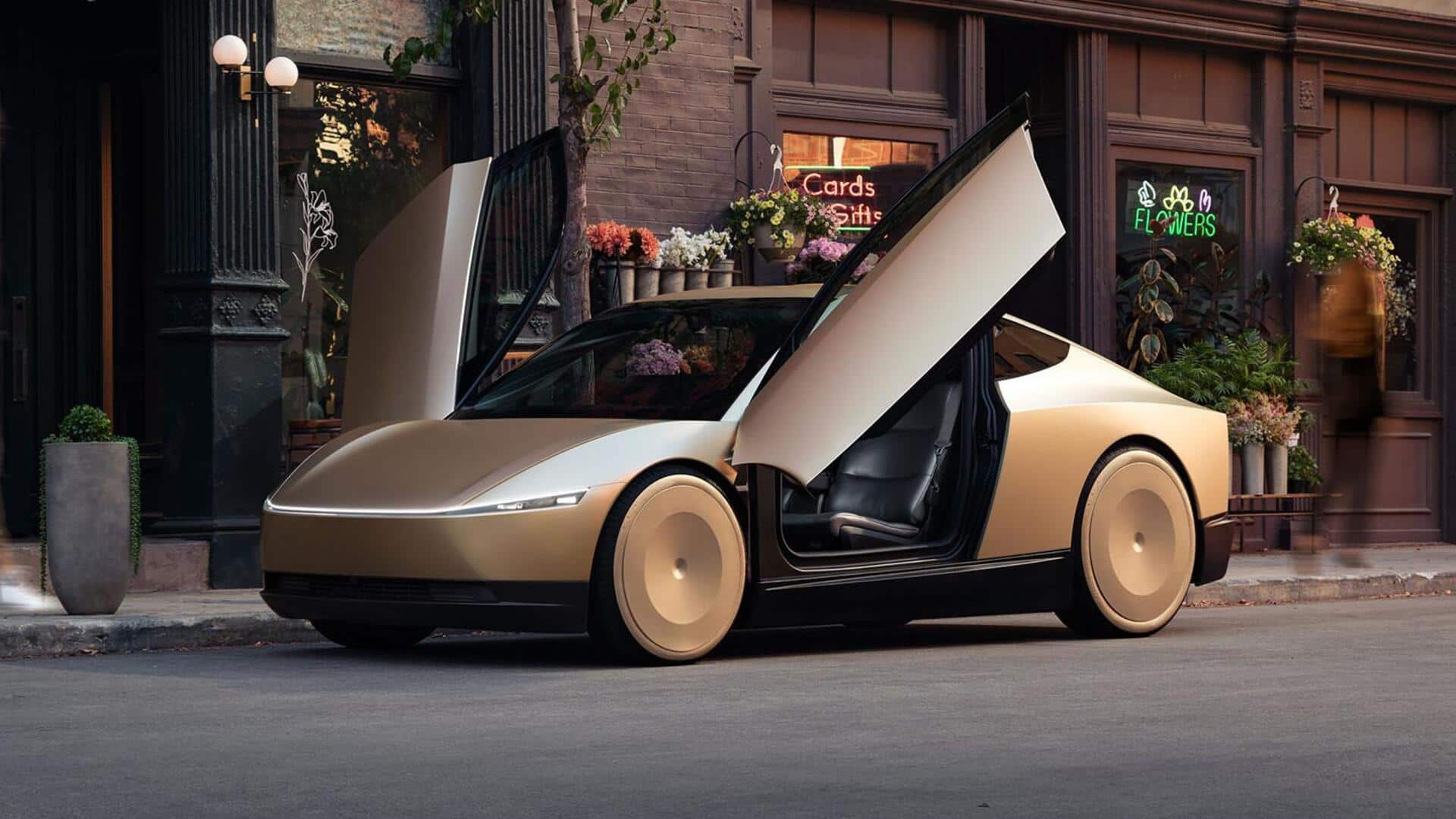
Tesla's self-driving taxi service to launch next month, confirms Musk
What's the story
Tesla CEO Elon Musk has confirmed plans to bring the company's robotaxi service on Austin, Texas streets by the end of June. Speaking to CNBC, Musk revealed that Tesla plans to expand this service to Los Angeles and San Francisco after launching it in Austin. The pilot phase will see a fleet of 10 vehicles, which will expand rapidly if successful.
Gradual rollout
Tesla's robotaxis: A cautious approach
Musk stressed on taking a cautious approach to launch Tesla's robotaxi service. "It's prudent for us to start with a small number, confirm that things are going well and then scale it up," he said. The first fleet will be made of Model Y cars with FSD Unsupervised, an advanced version of Tesla's full self-driving technology.
Geofencing strategy
Tesla's robotaxis to operate under geofencing
To ensure safety in the early days, Tesla plans to use a geofencing strategy for its Austin-based robotaxi service. This means the Model Y vehicles will have limited driving areas in the city. Musk assured there would be no human safety driver in these cars, as Tesla employees will monitor the fleet remotely. "We'll be watching what the cars are doing very carefully and as confidence grows, less of that will be needed," he stated.
Ambitious plans
Musk's vision for robotaxis
Musk has previously said that Tesla's robotaxi plans are more ambitious than Alphabet's Waymo, which already runs commercial driverless ride-hailing services in several US markets. Waymo completes 250,000 paid trips per week. "What will actually work best for the road system is artificial intelligence, digital neural nets and cameras," Musk said on Tuesday, highlighting Tesla's dependence on camera-based systems and computer vision over LiDAR and other radar sensors.
Challenges ahead
Tesla's upcoming challenges and regulatory scrutiny
Despite the ambitious plans, Tesla is already facing challenges, including a decline in EV sales and scrutiny from US regulators. The National Highway Traffic Safety Administration has been investigating collisions involving Tesla's full self-driving software in low visibility conditions since October. The road safety regulator recently asked Tesla to answer questions about its paid robotaxi service launch, to assess how the cars will perform in poor weather conditions.